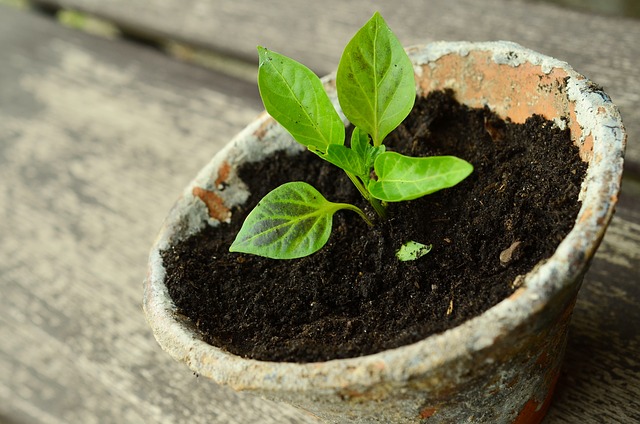I’ve been gardening since I was knee-high to a grasshopper. I grew up on a farm and we kids were expected to help in my mom’s large vegetable garden. Many of the gardening maxims that I still adhere to were picked up while working alongside Mom. But just because I’ve been doing things the same way for 40-odd years, it doesn’t mean those are the right — or best — things to do.
I was surprised last spring when a local friend mentioned that he had directly sowed peas in April. April?! Really?! Where I live, our last frost date is May 15, and most local people get their seeds in during the first weekend following that date. This guy, however, was totally new to gardening and, unfamiliar with conventional wisdom, he followed the directions on the seed package. Go figure. Since the package said to sow the seeds as soon as the ground was workable, that’s what he did. He got a terrific pea harvest, too.
Whether you’re just starting out as a gardener, or you’ve been working the soil your whole life, you might be making some of these common mistakes.
Need Non-GMO Heirloom Seeds? Get Them From A Company You Can Trust!
Here are five dumb-but-common seed-starting mistakes:
1. Not reading seed packages
If you’ve been gardening for a long time, chances are you’re like me: just doing things the same way you always have instead of reading the seed packages. As my story above illustrates, that’s not always the best idea. Maybe you’ve been sowing seeds directly — seeds that would really benefit from being started earlier indoors (like broccoli, which needs to mature before the hottest days of summer or it will bolt). Or maybe you’ve been planting your seeds a little too deeply and as a result, your germination rate is low. Reading seed packages can save time and money. It’s worth it.
2. Forgetting to label
Many of us who are old hands at gardening can identify our vegetable plants even before they set their true leaves. But can we identify the different varieties? That’s unlikely. Keeping track of how different varieties perform can help us decide whether to grow the same ones next year; and if so, if there is anything that we can change that might optimize their growth.
Don’t forget to label!
3. Not watering properly
It can be hard getting the moisture levels right for those tiny pots. A slip of the wrist, and they’re flooded. A busy day where you forget to water, and they turn into little Saharas, complete with wilted seedlings. It happens to the best of us. But we should try neither to underwater or overwater.
Start by making sure your potting mix is thoroughly wet, but not soaking, before you even plant. Purchased potting mix is often quite dry. Put some in a container, add water, stir, and let it sit for a little while to absorb moisture before you start planting.
Once planted, it’s best to water by misting the pots, rather than using a watering can, as a heavier stream of water can disturb the soil and dislodge seeds. Let the soil dry out just a little between waterings. If the soil is too moist, the seeds and seedlings will be more susceptible to mold, fungus, disease, and rot.
4. Starting seeds too early
In our eagerness to start gardening again, we might start our seeds too early. What could possibly be wrong with growing bigger, sturdier plants over a longer period of time? Well, particularly if you use seed flats or peat pots, you may need to repot large seedlings before the ground is warm enough for transplanting. Repotting means an increased cost to purchase more potting mix and larger pots; it also means more work. Also, some plants fare better if they are transplanted when they are smaller or less mature. For instance, if they are transplanted before they start flowering.
The All-Natural Fertilizer That Doubles Your Garden Yield!
A general guideline is to start seeds 4-6 weeks prior to your local last frost date; however, some herbs and vegetables can be started 8-10 weeks prior. Refer to at Off The Grid News for more information about when to start seeds indoors.
5. Not cleaning and sterilizing equipment
We gardeners are a thrifty lot, and we tend to adhere to the “reduce, reuse, recycle” mantra. However, when it comes to “reuse,” make sure your materials are clean and sterile. A quick rinse with the garden hose last summer was not adequate to ready your supplies for this spring.
It’s about more than just cleanliness; disease and fungi can lurk on dirty equipment. is one fungal-borne disease that can kill off your seedlings. If you’re reusing any equipment this spring, start by sterilizing everything in one part bleach to 10 parts water.
Gardening is truly a lifelong learning process. There are often different and better ways of doing things. Always keep an open mind. You might learn better methods through trial and error, neighborly advice, written articles, or even seed packages. Go figure.
What seed-starting mistakes have you made? What did you learn? Share your tips with others in the section below:
 Off The Grid News Better Ideas For Off The Grid Living
Off The Grid News Better Ideas For Off The Grid Living





